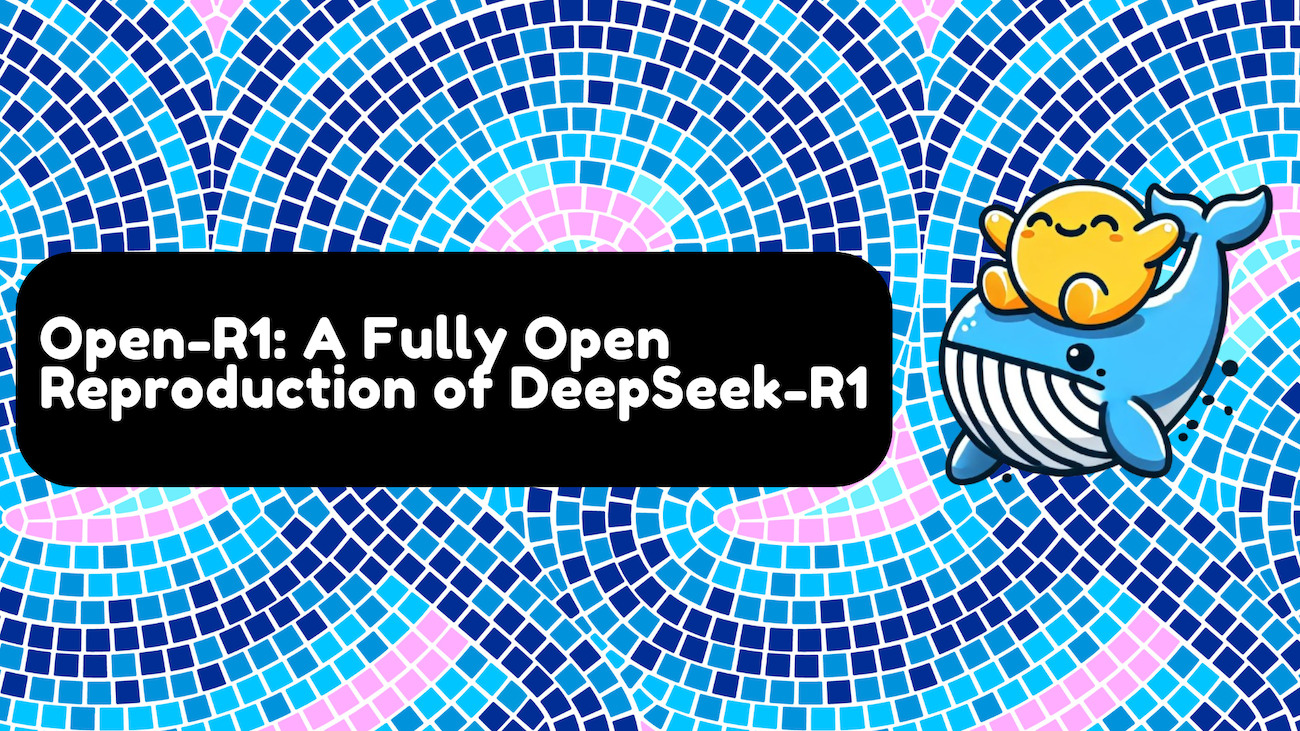DeepSeek officially released DeepSeek-R1, a large language model that matches OpenAI o1's performance in mathematics, coding, and natural language reasoning. DeepSeek-R1 leverages reinforcement learning in post-training, significantly improving reasoning capabilities. DeepSeek open-sourced the model weights and provides API services, allowing users to access chain-of-thought (CoT) outputs via model='deepseek-reasoner'. Model distillation yielded six smaller models; the 32B and 70B models rival OpenAI o1-mini's capabilities. Using the MIT License, DeepSeek explicitly allows model distillation, fostering open-source community growth. DeepSeek-R1's API pricing is 1 yuan per million input tokens (cache hit) / 4 yuan (cache miss), and 16 yuan per million output tokens.






